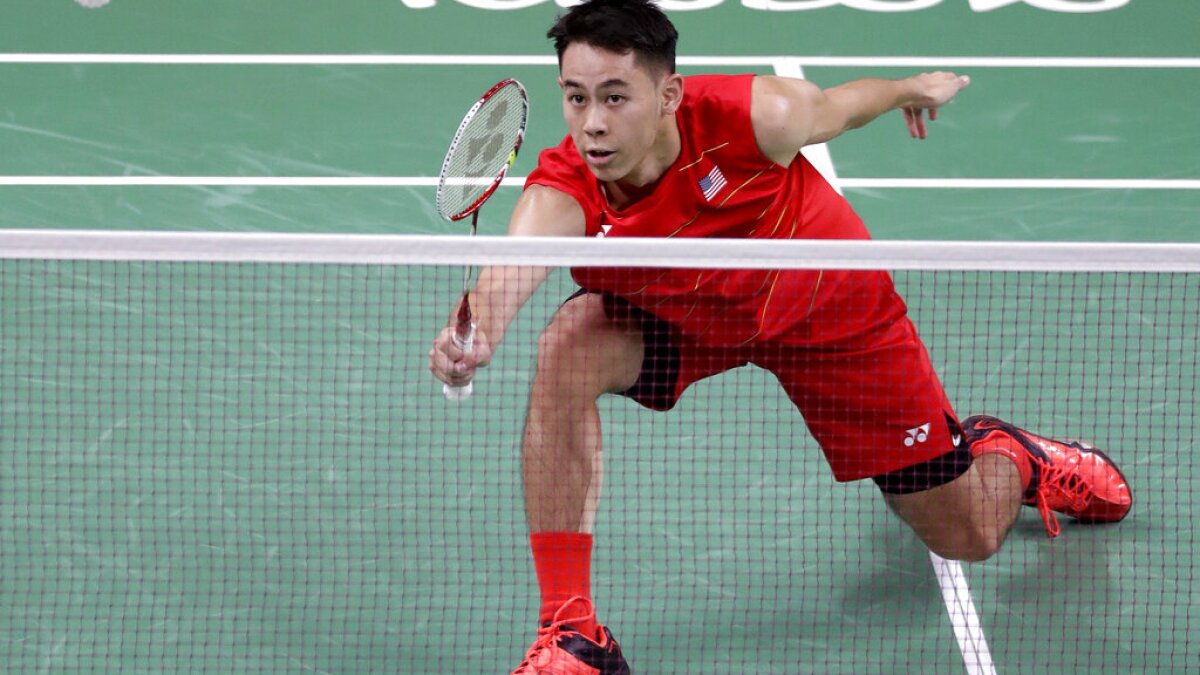Cenet Whispers
Your source for the latest insights and trends.
Badminton: A Game of Feathers and Finesse
Unleash your competitive spirit! Discover the enchanting world of badminton, where every feathered shuttlecock tells a tale of skill and strategy.
The History and Evolution of Badminton: From the Origin to Modern Play
Badminton has a rich history that dates back to ancient civilizations, evolving from a simple game played with a shuttlecock and the feet to the structured sport we know today. The origins can be traced back to the game called 'battledore and shuttlecock,' which was enjoyed by children and adults alike in ancient Greece, China, and India. Historical evidence suggests that a form of shuttlecock was used in games such as 'Ti jian zi' in China as far back as 500 BC. By the mid-19th century, British Army officers stationed in India came across this recreational pastime and began to adapt the rules, setting the foundation for what would become modern badminton.
In 1873, badminton gained formal recognition when the Duke of Beaufort hosted a game at his estate, Badminton House, marking the sport's introduction to England’s elite society. The first set of standardized rules was created by the Bath Badminton Club in 1877, leading to the establishment of the Badminton Association of England in 1893. As the sport continued to grow in popularity, international competitions were established, with the first-ever All England Open Badminton Championships taking place in 1899. Today, badminton enjoys global popularity, with professional leagues and championships, highlighting its evolution from a casual pastime to an acclaimed competitive sport.

Essential Techniques and Strategies for Mastering Badminton
Mastering badminton requires a blend of technique, strategy, and physical fitness. Here are some essential techniques to focus on:
- Grip Techniques: Ensure your grip is correct, whether it's the forehand or backhand. A proper grip enhances control and power.
- Footwork: Developing quick and agile footwork is crucial. Practice moving swiftly to position yourself optimally for each shot.
- Shot Variations: Learn and practice various shots including smashes, clears, drop shots, and net plays. Each shot has its strategic importance.
In addition to technical skills, strategies play a significant role in badminton. Here are some effective strategies:
- Game Awareness: Always be aware of your opponent's weaknesses and strengths to exploit them during play.
- Placement of Shots: Place your shots strategically to create opportunities. Aim for the corners of the court to stretch your opponent.
- Mind Games: Use psychological tactics to keep your opponent guessing. Change your tempo and shot placement to disrupt their rhythm.
What Makes Badminton Unique: Understanding the Rules and Gameplay
Badminton is a unique racquet sport that combines elements of agility, strategy, and precision, making it distinct from other racquet games like tennis or squash. One of the most notable features of badminton is the use of a shuttlecock, a feathered projectile that adds a time-sensitive challenge to the game, as its flight is greatly affected by air pressure and speed. The rules of badminton emphasize fair play and quick reflexes, with matches typically played to 21 points, requiring players to continuously adapt their strategies to outsmart their opponents. Furthermore, players can compete in singles or doubles formats, allowing for a variety of playstyles and team coordination that showcases the depth of the sport.
Understanding the core rules of badminton gameplay is essential to appreciating what makes the sport so unique. For instance, the game is played on a rectangular court divided by a high net, and points can only be scored when serving. Players serve from specific areas and must ensure that the shuttlecock crosses over the net and lands within the designated boundary lines. One of the most exciting aspects is the volley. Players must quickly react to each other's shots, showcasing speed and tactical skill. In addition, the sequence of play, where players alternate hitting the shuttlecock, creates a dynamic rhythm that is both engaging and challenging, reinforcing the idea that badminton is not only a physical activity but also a mental showdown.